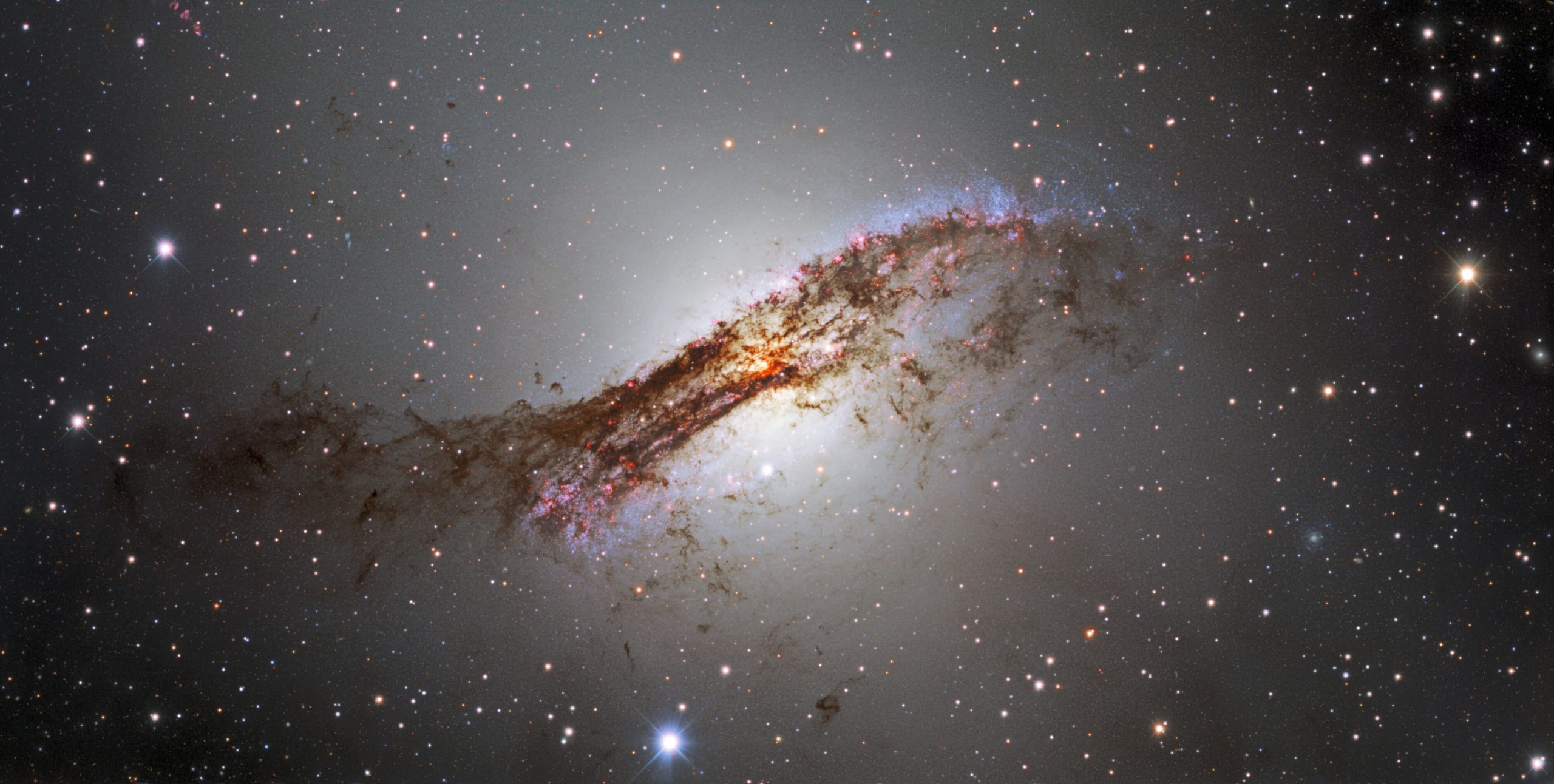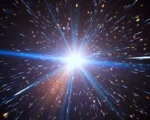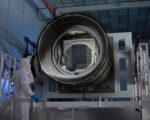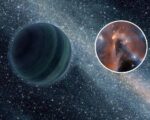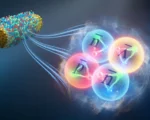The Dark Energy Camera (DECam) has captured a breathtaking image of the Antlia Cluster, offering an unprecedented view of the diverse array of galaxies located about 130 million light-years from Earth in the Antlia constellation. This stunning visual showcases over 230 galaxies, including lenticular, irregular, and ultra-compact dwarf galaxies. The image highlights two dominant elliptical galaxies, NGC 3268 and NGC 3258, which stand out in the cluster. Produced at the Cerro Tololo Inter-American Observatory in Chile, this detailed image provides astronomers with a deeper understanding of the complex structure of the cluster.
The Antlia Cluster, also known as Abell S636, has been the subject of extensive study under the Antlia Cluster Project. This project includes observations from both ground-based telescopes and space observatories, aiming to uncover the secrets of galaxy evolution and dark matter. By identifying faint dwarf galaxies, compact ellipticals, and blue compact dwarfs, researchers have gained valuable insights into the nature of galaxy formation. X-ray studies of the cluster have further suggested that its formation may involve the merging of smaller galaxy groups, with a “rope” of globular clusters detected near its central galaxies, supporting the hypothesis of a dynamic merger history.
Within the Antlia Cluster, a variety of galaxy types are present, each offering clues about the evolutionary processes of galaxies in such environments. Lenticular galaxies, which are characterized by their disk-like structure and low star formation rates, are particularly common in this cluster. These galaxies bridge the gap between elliptical and spiral galaxies, making them an important subject of study for understanding the lifecycle of galaxies. Additionally, the presence of ultra-diffuse and dwarf spheroidal galaxies, although not yet fully confirmed, suggests that the cluster may host some of the most rare and enigmatic types of galaxies known to astronomers.
The advancements in observational technology, such as the high-resolution imaging capabilities of DECam, have allowed astronomers to detect and study low-luminosity galaxies that were previously difficult to observe. These discoveries are helping to unravel the mysteries of galaxy formation, shedding light on how different types of galaxies evolve and interact within clusters. As the Antlia Cluster Project continues, it promises to enhance our understanding of the role of dark matter and the complex processes that govern galaxy formation in the universe.


